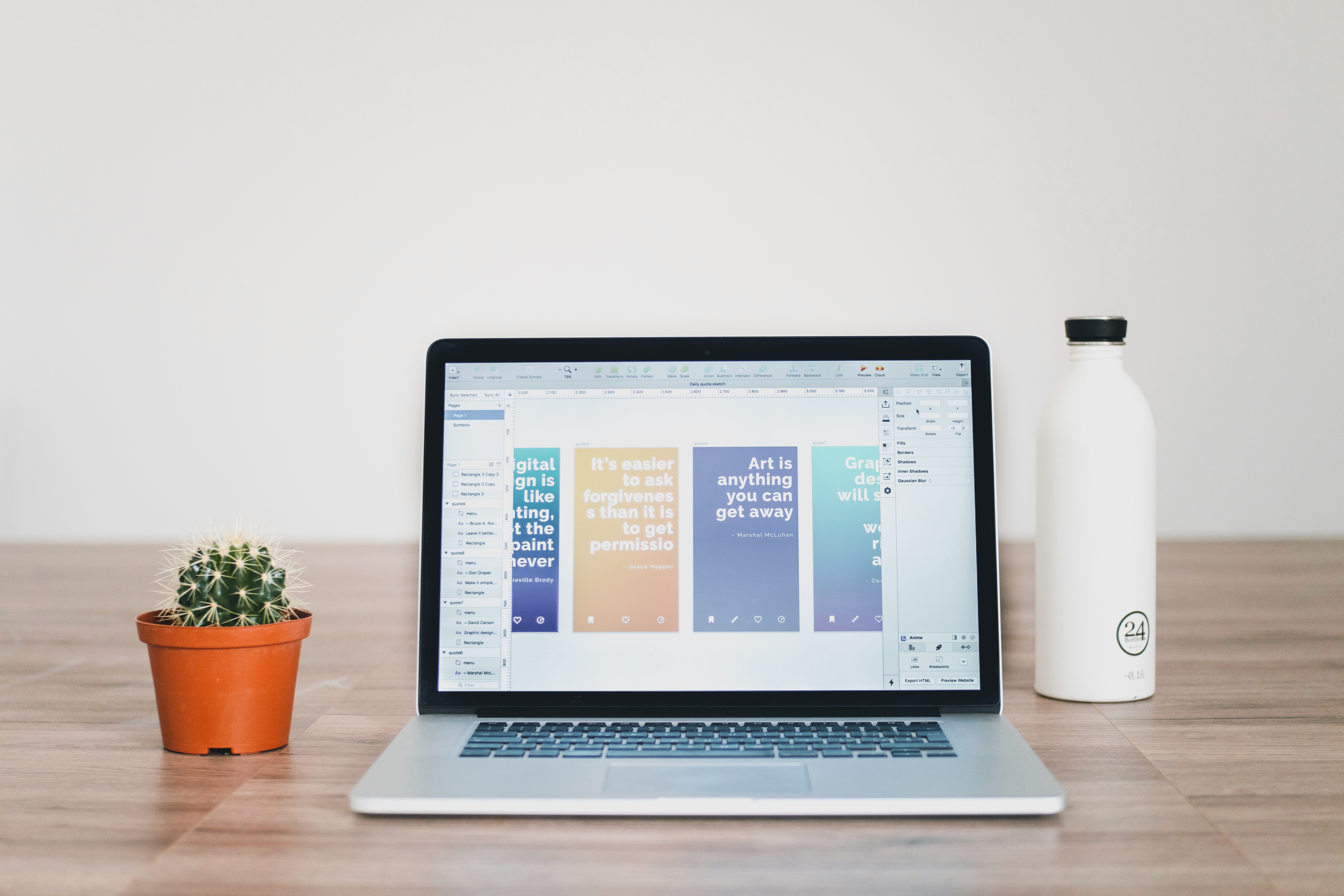
Is The Future of Remote Work In Office, Hybrid Model or Fully Remote?
The initial pivot was sudden and caused many inconveniences for employees.
These difficulties included, workers facing hardships in finding quiet places to work, avoiding personal distractions while at home, difficulty in creating a personal/professional balance within the household and sometimes simple technology problems.
However, as COVID-19 showed no immediate end in sight, employees and companies realized that they had to develop the necessary tools and adapt novel solutions to achieve work milestones despite working remotely. Companies began to appreciate the cut in costs due to facilities that were no longer needed while employees enjoyed the flexibility that came with working from home.
This model worked while the pandemic continued but just as companies and workers adjusted to their new lifestyle, the discovery and implementation of the vaccination for COVID-19 made everyone realize that companies would seek to have teams return back to the office and disrupt the current work model.
Hybrid Model:
The reaction by remote workers was negative as they saw this as a downgrade. Those who returned to their workplace realized all the previous drawbacks that came from returning to the office that were previously accepted as the norm. These included, the long commutes, lack of flexibility and having more stringent supervision.
This caused many to question if remote working could still exist after the world returns to a post-COVID state albeit in a hybrid model. It is without a doubt that many companies have seen an overwhelming desire from their employees to stay remote or at least have a hybrid model- a bit in person and a bit virtual.
With the consensus from both employers and employees swaying strongly to a hybrid model, it seems like the future may remain partially digital; however, if this is the new normal it brings forward many conversations and concerns that are necessary to address.
Hybrid Model Concerns:
For example, many software's are being implemented to monitor employees during work hours. This has raised privacy concerns with many believing that such detailed monitoring is detrimental to team motivation and trust.
Another issue with remote work circles around costs. If a company goes remote, they are no longer having to pay for the electricity, water and heating. Instead, utility costs become the responsibility of the employee. The issue of contention is who should cover these costs? Some believe that the company should reimburse employees for these costs and others believe this is the natural cost that comes with working from home.
These are some of the areas of concern which be continuously debated over the upcoming weeks and months. Regardless of the decision of how to monitor employees or who has the burden to pay for office expenses, it is understood that a hybrid model of remote work will remain.
Conclusion:
With close to 70% of those employed having worked remotely at some point, the COVID pandemic has changed the landscape and mentality of workspaces. Although the future is uncertain, there is a strong possibility that remote work will continue to play a key role in modern work environments. There are new issues and concerns raised; however, as time goes on these concerns will mitigate themselves as compromises are taken from both sides.